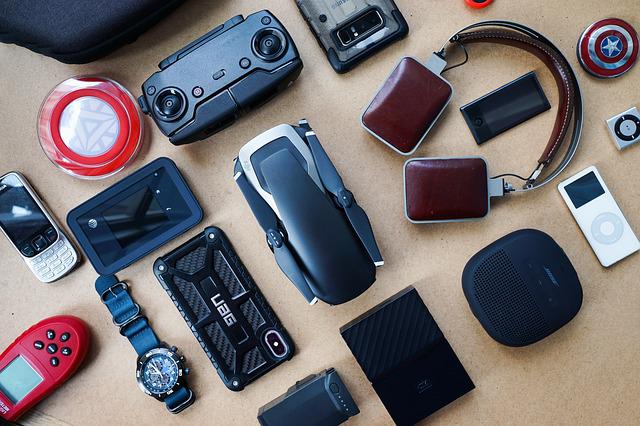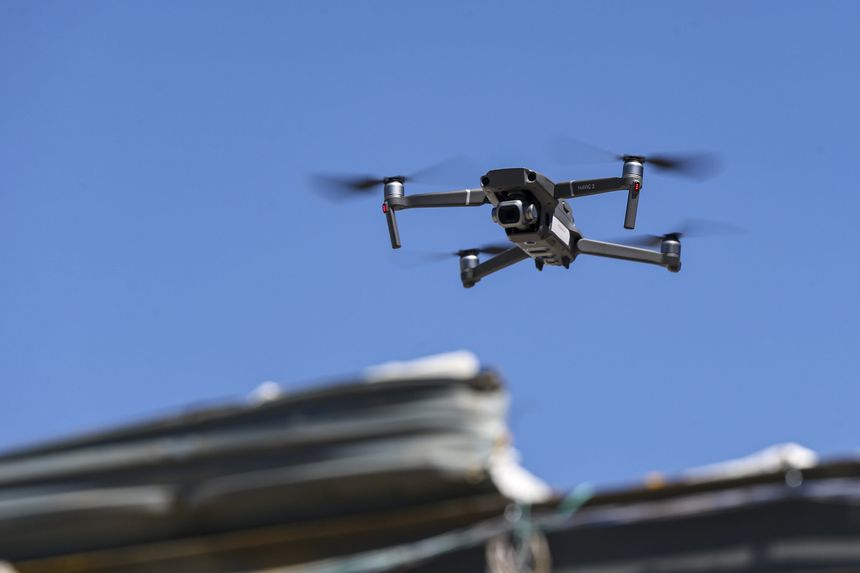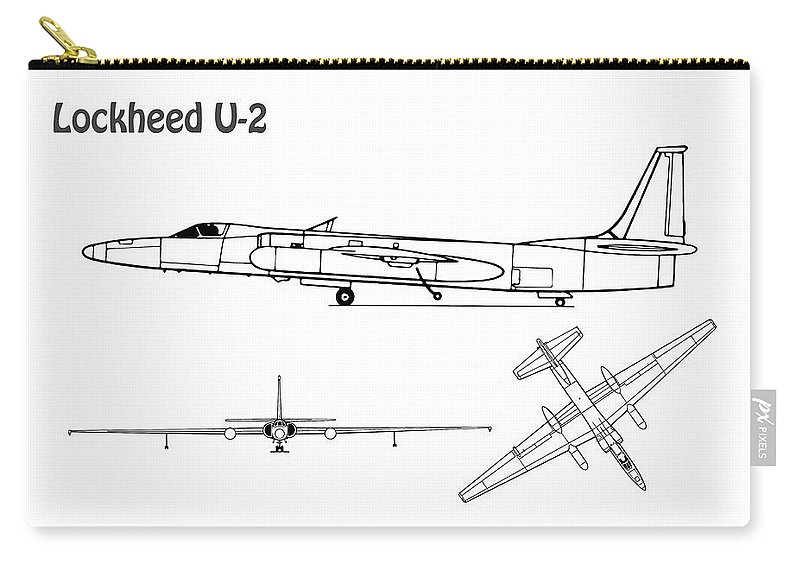
There are many versions of the RQ-4 Global Hawk. These include the Block 20 and 30 variants. This article discusses all variants of the RQ-4A Global Hawk. It also includes information on the Block 20-30, RQ-4A Global Hawk and the marinised RQ-4N. The Global Hawk is used to conduct reconnaissance missions, but it is also used in a variety of different operations. Most commonly used are the block 20 and block 30 models.
RQ-4A Global Hawk
Northrop Grumman developed the RQ-4A Global Hawk. It is an unmanned, aerial vehicle. It provides continuous near-realtime coverage and can use imagery, signals, and target indicator sensors. The Japanese military will order the Global Hawk, the first of three unmanned flying vehicles. It will provide intelligence collection capabilities for joint combatant forces involved in peacetime, crisis, and contingency operations around the world. It can also work in cooperation to address common regional issues.
The RQ-4A Global Hawk, the most commonly used version of the aircraft, is the RQ-4A Global Hawk. It has more than 6,500 combat hours and has been in service since 2001. The aircraft is expected be deployed in Afghanistan by 2006. The RQ-4B aircraft is designed for long-term operations and is capable of carrying a payload up to three ton. Two ground control elements and an enhanced integrated payload from the sensor suite are part of the aircraft's design.
RQ-4B Block 20
The United States Air Force created the Global Hawk unmanned aerial vehicle. The RQ-4A air vehicle was first delivered to the US Navy in 2005, and the USN chose to acquire two of these aircraft. These aircraft are equipped with an AESA radar from Northrop Grumman, Raytheon electro-optic/infrared sensors, and a communications suite developed by L-3 and Sierra Nevada Corp.

The Euro Hawk is built on the Globalhawk RQ-4B Block 20 UAV by Northrop Grumman. It is one of most important military UAVs worldwide. The Euro Hawk was modified to meet German requirements. It is equipped with Cassidian SIGINT sensor from EADS. It cost 600 to 800 million euros to build. The Global Hawk RQ-4B Block 20 is capable of performing surveillance, reconnaissance, and reconnaissance missions.
RQ-4N, marinised variant to the RQ-4A Global Hawk
Northrop Grumman's Block 0 or Global Hawk' variants of the RQ-4 were developed as part of the Advanced Concept Technology Demonstration Program (ACTD). It was created in 1997. Its main purpose is to create an autonomous U-2 spy plane capable of operating anywhere in the universe. The Global Hawk was a success, flying first test flights on 9 September 2003. Its production speed increased with more than a dozen units built in a single calendar year.
Block 10 Global Hawk construction was completed on May 2007. The American Air Force bought 16 of these aircraft. The last one entered service on 26 July 2006. Specific specifications were included in the block 10 variant. There are 59 RQ-4A-variants in use, but only seven are still in service. Its predecessor, RQ-4A, was also upgraded into the RQ-4B.
RQ-4C Block30
The US Air Force has withdrawn the Global Hawk RQ-4C Block 30 from operational service. This unmanned aerial vehicle was the first U.S. aircraft to be capable of intercepting enemy missiles or spy planes. However, the RQ-4C Block 30 is now re-engineered to fly again missions. It will carry 3,000 pounds of internal payload. It's the seventeenth Global Hawk ever to fly. Block 20's first flight took place on 1 March 2007. Development testing took places in 2008 and 2009.

In June, the USAF began production on four Global Hawk RQ-4C Block 30 aircraft. The first pair of aircraft is expected to be delivered in 2018, the second in 2019. The aircraft will feature the most recent sensors and equipment, including an enhanced Integrated Sensor Suite payload. The Japanese military will have an advantage with these new capabilities, which will enable them to perform a wide variety of intelligence and combat operations. Its versatility makes this an important asset for the Japanese military air force.
FAQ
What are the rules of operation when using drones?
You need to register your drone with the FAA. This registration process includes submitting information about the device, including its weight, size, battery capacity, and operating frequency. A FAA identification number is also required.
How can I keep drones out of my house?
Drones are increasingly popular for home surveillance. However, they pose a threat to privacy and security. If you want to avoid drone attacks, you should install motion sensors around your property and use them to detect any unauthorized flying objects.
Is it possible to spy on someone with a drone?
Yes, anyone can use drones to spy on them. You can protect yourself against drones by being aware of them and avoiding areas where they might fly. If you notice a drone flying around, call 911 immediately.
What kind batteries does a drone need?
Most drones use lithium-ion batteries. A typical drone uses between 3 and 6 volts.
Do drones fall under the control of the FAA?
The FAA supervises all aspects related to drone operations, including certification requirements and safety standards.
Are drones allowed at public events?
Yes, you are free to fly a drone anywhere as long as you follow the rules. The event organizers will require approval if you plan on flying your drone during a public event like a parade, festival, concert or other similar event.
Statistics
- According to Indeed, a drone pilot gets paid $25.73 per hour on average in the US. (dronesgator.com)
- According to ZipRecruiter, the minimum hourly wage of drone pilots is $20. (thedroneu.com)
- According to the multiple listing service (MLS), houses and apartments with drone photographs are up to 68 percent more likely to sell than those without pictures. (thedroneu.com)
External Links
How To
Repairing A Damaged Motor Of A Drone
First, identify the broken part of the motor to repair it. The easiest way to do this is to remove the propeller from the motor shaft. Next, remove all wires from the motor shaft and inspect the internal workings. If you spot something wrong, you can identify which part of the motor needs to be fixed.
You don't need to worry if there's no damage to your motor. However, a motor that looks like the one below will require you to replace certain components before you can fly again.
Let's say that a motor is bent so that it can no longer turn. The motor will need to be bent back into its original shape. To hold the motor, use a vice grip or pair of pliers. After this is done, you should inspect the motor carefully for any signs or wear.
Once you're satisfied that everything's ok, put the propeller back onto the motor shaft and reattach the wires. You are now ready for your drone to fly.